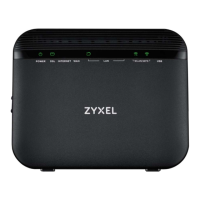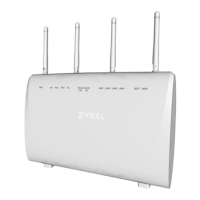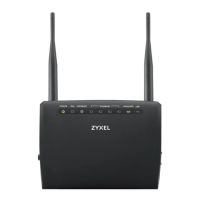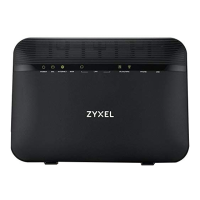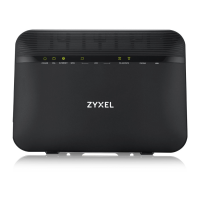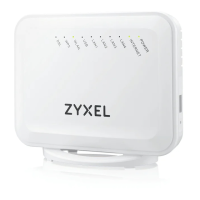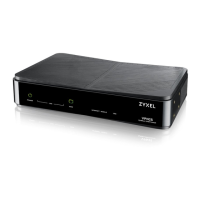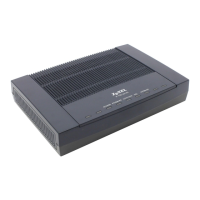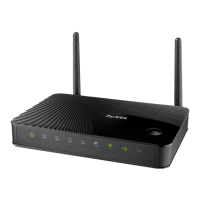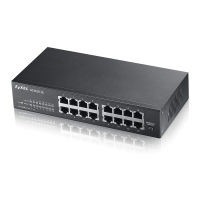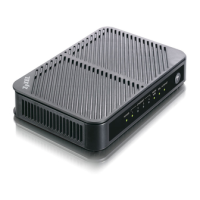VMG/XMG Series User’s Guide
148
CHAPTER 7
Wireless
7.1 Wireless Overview
This chapter describes the Zyxel Device’s Network Setting > Wireless screens. Use these screens to set up
your Zyxel Device’s wireless LAN connection and security settings.
7.1.1 What You Can Do in this Chapter
This section describes the Zyxel Device’s Wireless screens. Use these screens to set up your Zyxel Device’s
wireless connection.
• Use the General screen to enable the Wireless LAN, enter the SSID and select the wireless security
mode (Section 7.2 on page 149).
• Use the Guest/More AP screen to set up multiple wireless networks on your Zyxel Device (Section 7.3
on page 154).
• Use the MAC Authentication screen to allow or deny wireless clients based on their MAC addresses
from connecting to the Zyxel Device (Section 7.4 on page 158).
• Use the WPS screen to enable or disable WPS, view or generate a security PIN (Personal Identification
Number) (Section 7.5 on page 160).
• Use the WMM screen to enable WiFi MultiMedia (WMM) to ensure quality of service in wireless
networks for multimedia applications (Section 7.6 on page 162).
• Use the Others screen to configure wireless advanced features, such as the RTS/CTS Threshold
(Section 7.7 on page 163).
• Use the Channel Status screen to scan wireless LAN channel noises and view the results (Section 7.8 on
page 165).
• Use the MESH screen to enable or disable Zyxel Mesh (Multy Pro) (Section 7.9 on page 166).
• Use the WLAN Scheduler screen to create rules to schedule the times to permit Internet traffic from
each wireless network interfaces (Section 7.10 on page 168).
7.1.2 What You Need to Know
Wireless Basics
“Wireless” is essentially radio communication. In the same way that walkie-talkie radios send and
receive information over the airwaves, wireless networking devices exchange information with one
another. A wireless networking device is just like a radio that lets your computer exchange information
with radios attached to other computers. Like walkie-talkies, most wireless networking devices operate
at radio frequency bands that are open to the public and do not require a license to use. However,
wireless networking is different from that of most traditional radio communications in that there are a
number of wireless networking standards available with different methods of data encryption.

